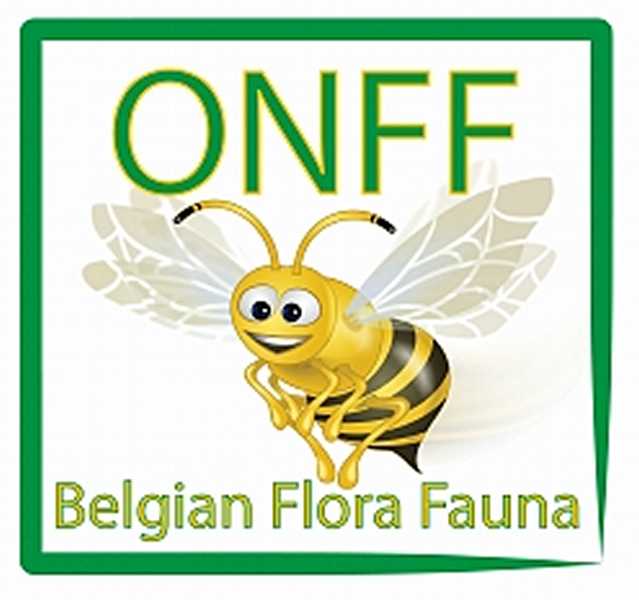There are approximately 15 ONFF areas, none of which have ever been activated. We hope to see some of them on air during 2010 but at this stage the planning is still in the early stages. Just to wet your appetite, here are some details and photographs of one of the areas –

From the coastal road, a sharp contrast in landscape is immediately noticeable between Heist and Zeebrugge.
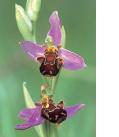 The low pastures and ponds surrounding the old lighthouse (De Vuurtorenweiden) are in distinct contrast to the new, more westerly artificial plateau (De Sashul) which itself stands a full 5 metres higher. They are seperated by the ‘Barnse Vaartje’, a tree-lined drainage ditch carrying run-off from the coastal road.
The low pastures and ponds surrounding the old lighthouse (De Vuurtorenweiden) are in distinct contrast to the new, more westerly artificial plateau (De Sashul) which itself stands a full 5 metres higher. They are seperated by the ‘Barnse Vaartje’, a tree-lined drainage ditch carrying run-off from the coastal road.‘De Vuurtorenweiden’ are a vestige of the historical polder grasslands of Heist and Ramskapelle. They have known a turbulent history: After a period of peat formation, silt was deposited where the sea broke through and flooded the area (3rd – 4th century) then, from the 11th Century onwards, the land was gradually reclaimed from the sea, and finally peat was extracted (from the Middle Ages, until the beginning of the 20th Century).
The raised soil of the ‘Sashul’ mainly consists of shell-rich calcareous sand. The -admittedly artificial -physical environment
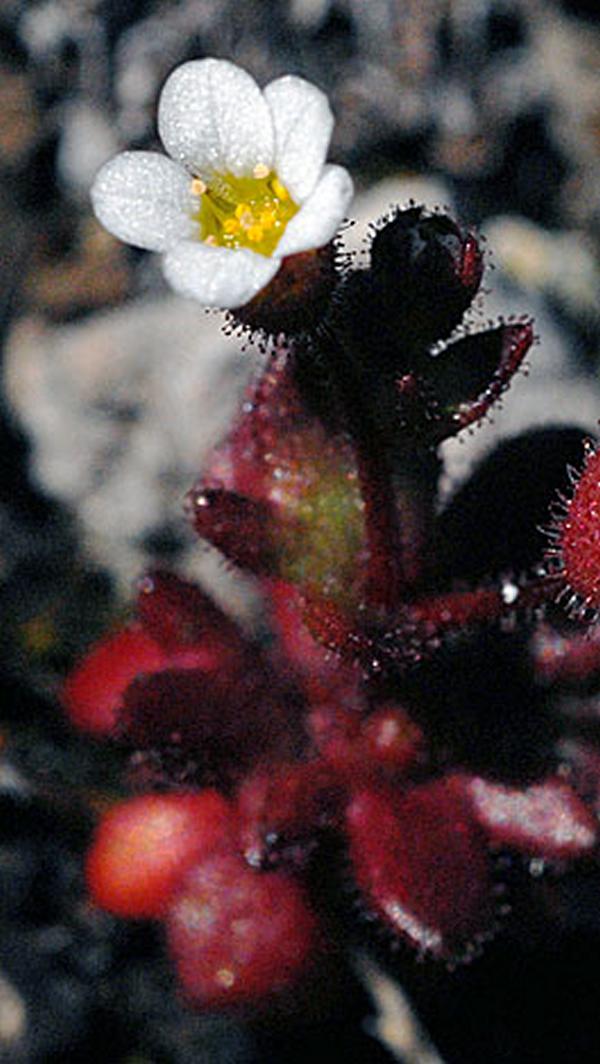 of the ‘Sashul’ is therefore very similar to the natual physical environment of the young, calcaerous coastal dunes. This can be sen very clearly from the vegitation. The shallow depressions which are mainly flooded in winter and spring, and dry in late summer, are covered with a pioneer vegitation mostley found in moist dune valleys. Here you can find ‘knotted pearlwort’, ‘lesser centaury’ and ‘brookweed’ along with species remeniscent of the salty origin of the raised sand : ‘sea pearlwort’, ‘strawberry clover’, ‘buck’s-horn plantain’ and ‘sea aster’. the moderatly or very dry ‘dune’ ridges are covered with
of the ‘Sashul’ is therefore very similar to the natual physical environment of the young, calcaerous coastal dunes. This can be sen very clearly from the vegitation. The shallow depressions which are mainly flooded in winter and spring, and dry in late summer, are covered with a pioneer vegitation mostley found in moist dune valleys. Here you can find ‘knotted pearlwort’, ‘lesser centaury’ and ‘brookweed’ along with species remeniscent of the salty origin of the raised sand : ‘sea pearlwort’, ‘strawberry clover’, ‘buck’s-horn plantain’ and ‘sea aster’. the moderatly or very dry ‘dune’ ridges are covered with 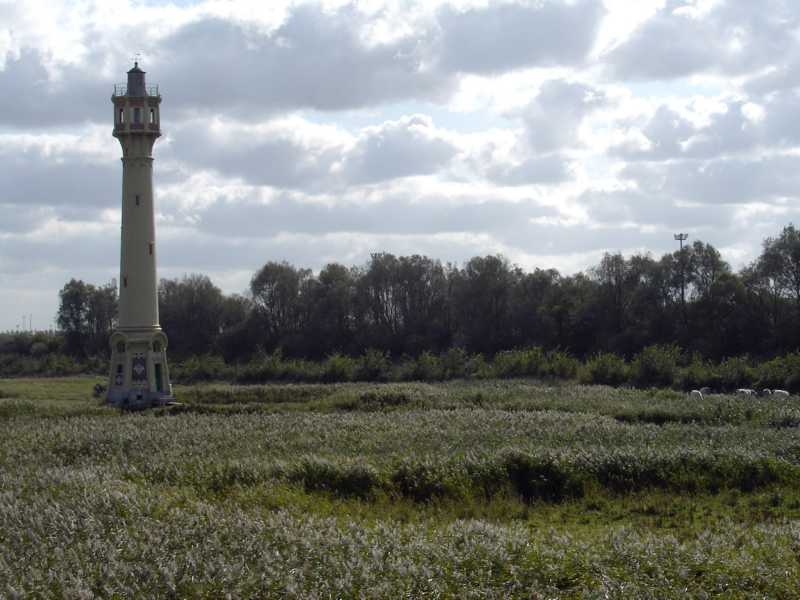 dune grassland vegitation with ‘rue-leaved saxifrage’, ‘sea mouse-ear’, ‘lesser hawkbit’, ‘bird’s foot-trefoil’ and ‘field modder’.
dune grassland vegitation with ‘rue-leaved saxifrage’, ‘sea mouse-ear’, ‘lesser hawkbit’, ‘bird’s foot-trefoil’ and ‘field modder’.The Fauna – The ‘Vuurtorenweiden’ and the ‘Barnse Vaartjc’ do very well as nesting grounds for ‘water rail’, ‘moorhen’, ‘coot’, ‘mallard’, ‘reed bunting’, ‘reed warbler’ and ‘blue throat’ and since 2001 the ‘canada goose’. During the winter and migration periods the pools and water meadows around the old lighthouse are a favourite spot for quite a number of water birds including the ‘northern shoveller’, ‘common teal’, ‘gorgancy’, ‘godwall’, ‘mallard’, ‘common shelduck’ and ‘common snipe’.
During the winter the ‘Sashul’ looks rather desolate. The stoney sand bed of the pools contains too little food to attract many water birds and waders.
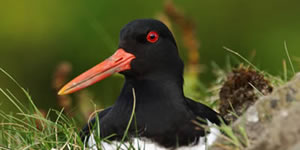 Nevertheless the inconspicuous ‘jacksnipe’ often stops here to feed whilst his much sturdier cousin, the ‘woodcock’, takes a rest in the undergrowth and bushes. From early spring to midsummer the shallow pools and surrounding open land covered in short grass witness an explosion of insect life, which in turns attracts many feeding birds. The shingle beaches around the pools become very popular with the ‘little ringed plover’ and the ‘pied wagtail’, whilst the short vegetation of the banks and shallow pools attract meadow birds (‘northern lapwing’), coastal birds (‘oystercatcher’ and ‘common redshank’) and water birds (‘mallard and coot’).
Nevertheless the inconspicuous ‘jacksnipe’ often stops here to feed whilst his much sturdier cousin, the ‘woodcock’, takes a rest in the undergrowth and bushes. From early spring to midsummer the shallow pools and surrounding open land covered in short grass witness an explosion of insect life, which in turns attracts many feeding birds. The shingle beaches around the pools become very popular with the ‘little ringed plover’ and the ‘pied wagtail’, whilst the short vegetation of the banks and shallow pools attract meadow birds (‘northern lapwing’), coastal birds (‘oystercatcher’ and ‘common redshank’) and water birds (‘mallard and coot’).Since the ‘Sashul’ lies on an important migration route for coastal birds, its thickets and bushes make an ideal resting place for many songbirds during the spring and summer migrations. Regular travellers on the open plain are the small ‘Turdidae’, ‘northern wheatear’ and ‘winchat’, ‘white pied flycatcher’, ‘firecrest’ and even ‘wryneck’mare regularly observed. Rabbits also thrive on the
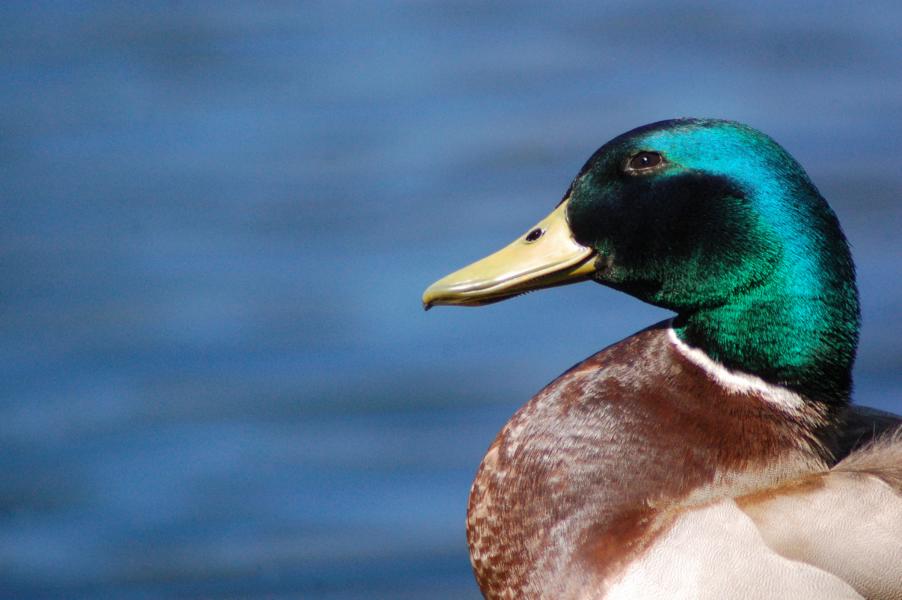 ‘Sashul’ and help to keep the grass cropped short. Their natural enemy the weasel is also present.
‘Sashul’ and help to keep the grass cropped short. Their natural enemy the weasel is also present. Many amphibians have also been observed in the ‘Barnse Vaartje’, the ponds of the ‘Vuurtorenweiden’ and the ‘Sashul’,
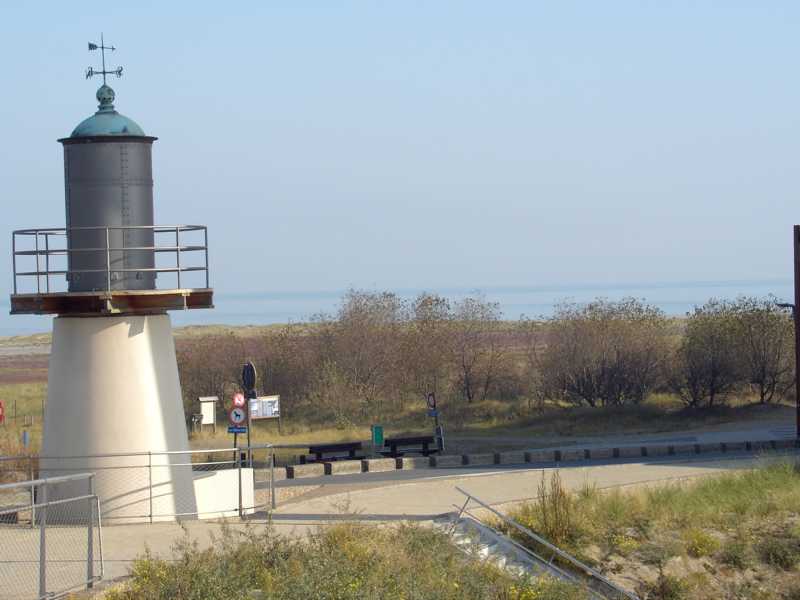 including the ‘common toad’, ‘common frog’, ‘european water frog’ and ‘smooth newt’.
including the ‘common toad’, ‘common frog’, ‘european water frog’ and ‘smooth newt’. During the winter of 1999 – 2000 AMINAL -Nature division transformed the former goods marshalling yard into the ‘Sashul Nature Domain’.
Traces of the industrial occupation and illegal dumping were removed, pools deepened and relief added in the form of marram dunes made of sea sand. Clay-Shell footpaths, a bird observation hut and benches were also provided.
The previously planted exotic ‘white poplars’, whose root suckers endangered the valuable spontaneous vegetation, were removed and replaced with indigenous shrubs and trees.
Shetland Ponies keep the major part of the ‘Sashul’ landscape open by grazing. They are accustomed to a rough climate and a meagre diet due to them originating from the Shetland Islands. The ‘Vuurtoreenweiden’ are extensivly grazed by Cattle and Horses.
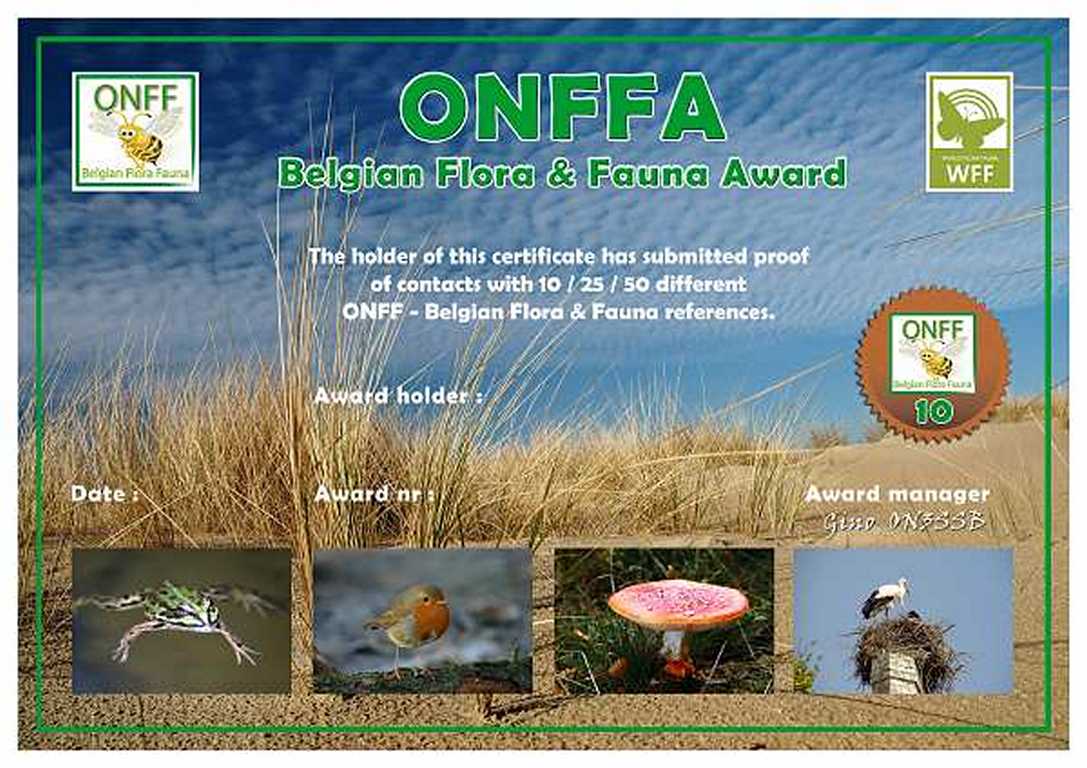
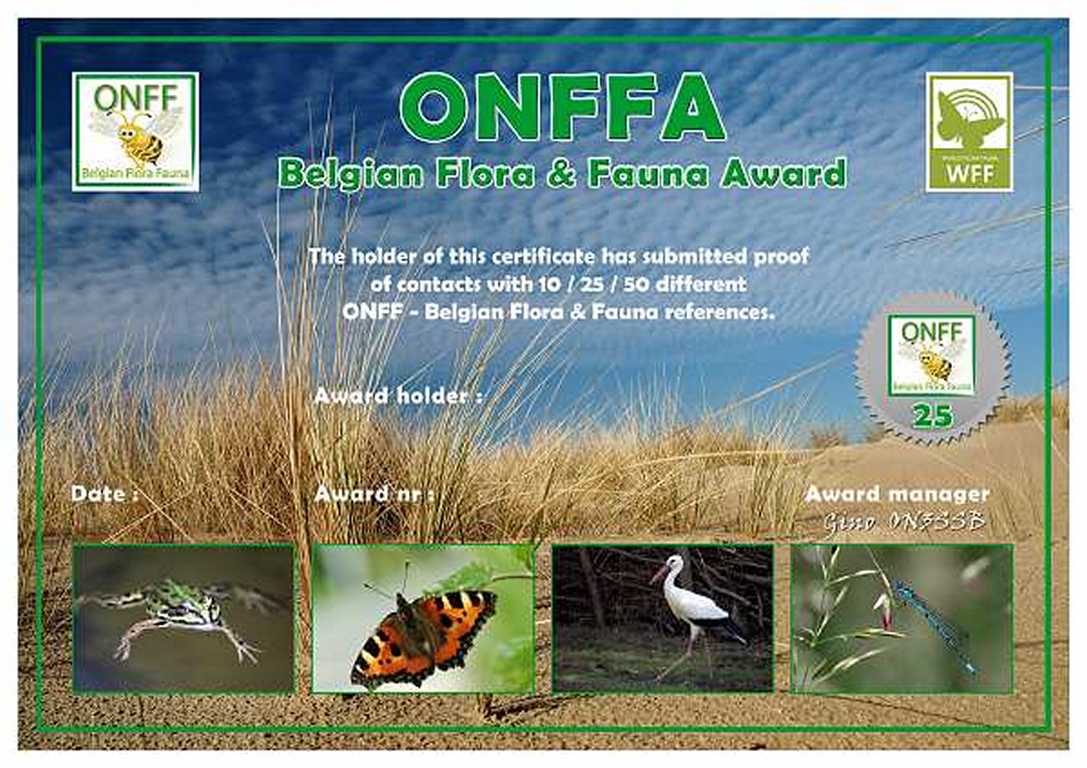
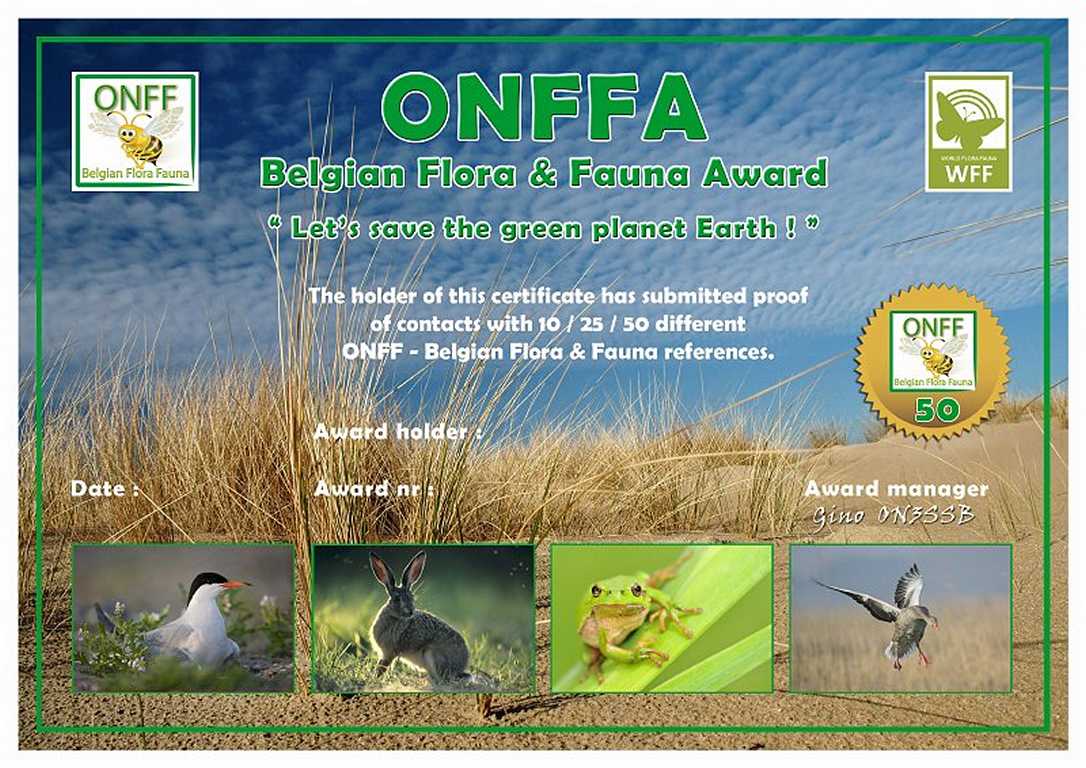
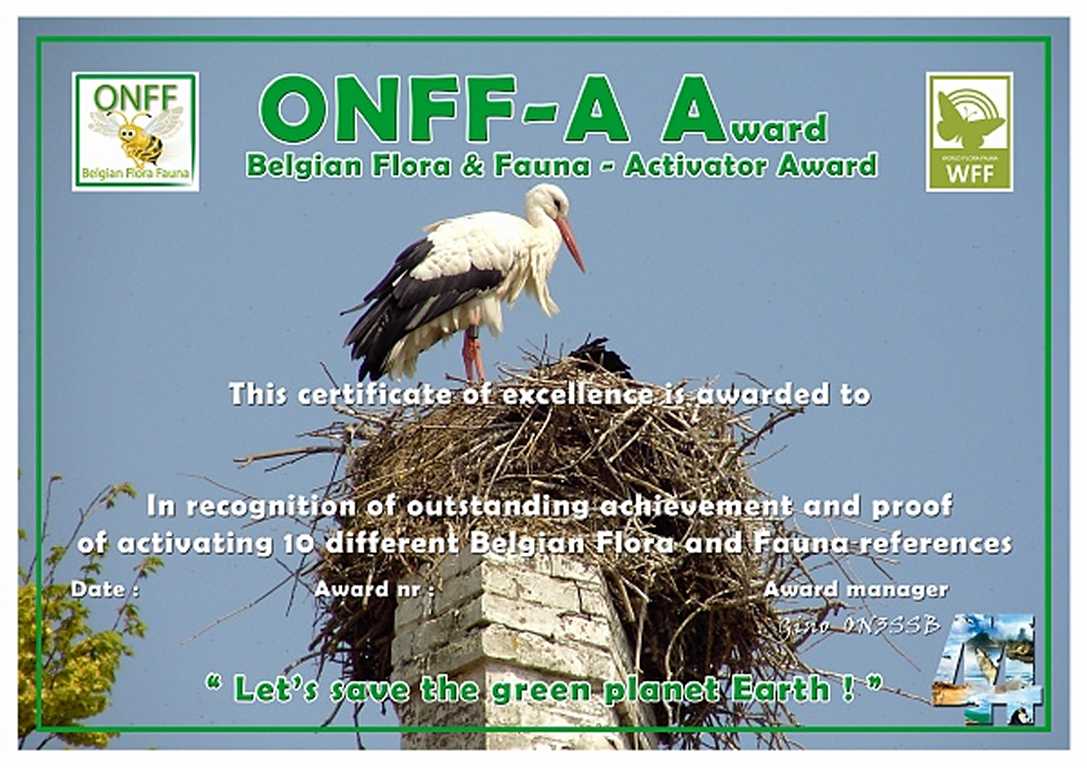
fulfilment as it does for me.
To contact the ONFF representative click here.
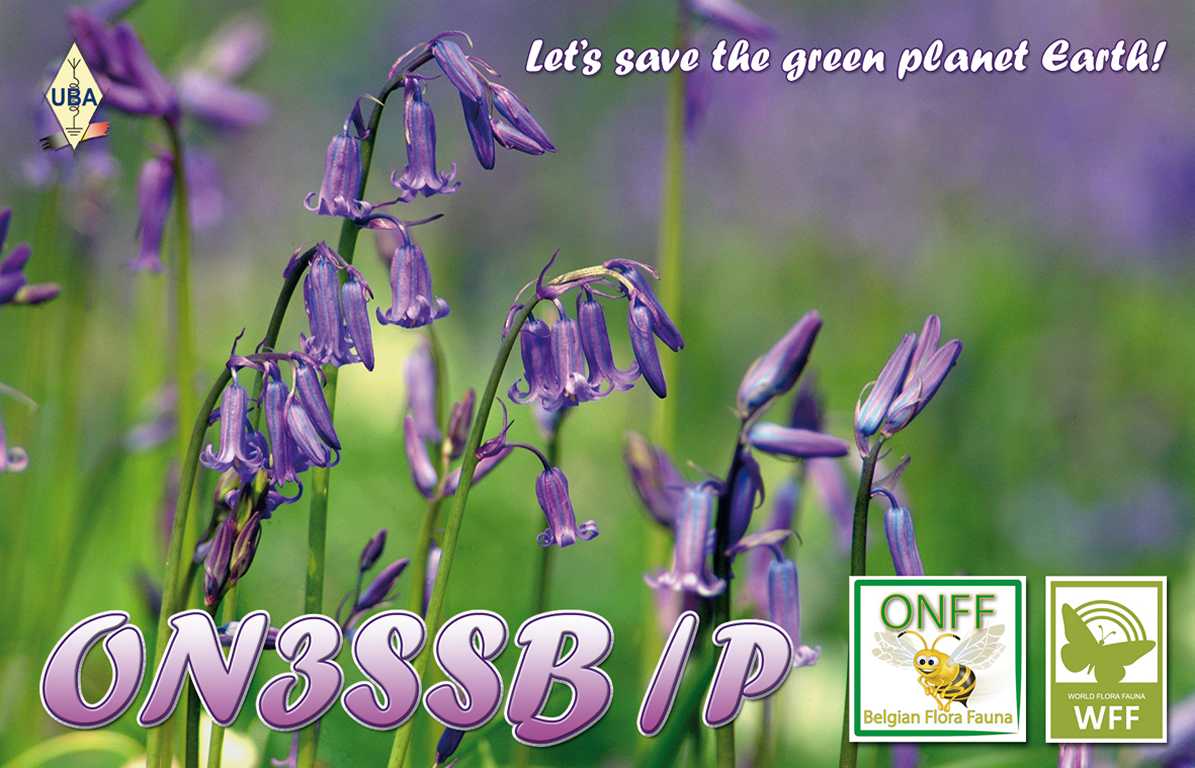
Tnx to : Ministerie van de Vlaamse Gemeenschap afdeling Natuur for allowing the use of text and material
from their Office, Patrick Piesen ON7PP for the ONFF Logo design, Gino Vandeweghe ON3SSB
& to the Photographers of freeshare photography

